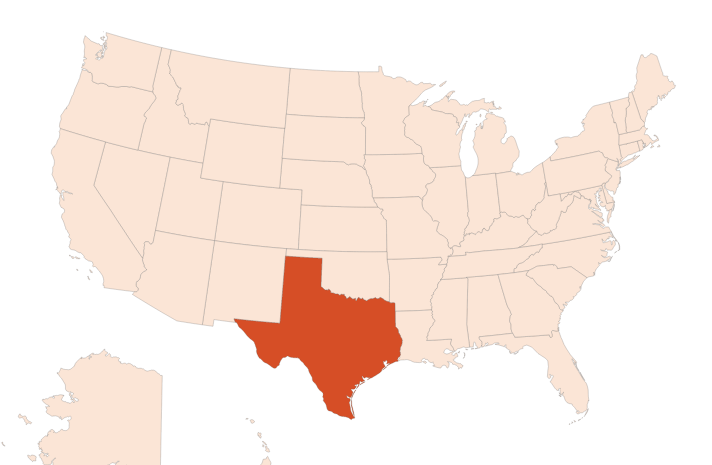Cedarwood Texas EO
Naturelle
Woody > Cedar > Smoky Woods > Leather

Crédits photo: ScenTree SAS
Latin name :
Juniperus mexicana, Juniperus ashei
Botanical profile :
Texas cedarwood belongs to the Cupressaceae family and t the gender Juniperus, as does Juniper Berry EO or Cedarwood Virginia EO.
Geographic origin :
Native to North-East Mexico, Texas cedarwood is now mostly cultivated in this state of the USA.
Chemotypes :
At the moment, there are some 600 different species of conifers. Among them, the largest (more than 100 meters) and the oldest (more than 4,800 years old) trees of the world.
Other trees are called ''cedars '' in perfumery. However, their botanical genus is not the same for everyone. Texas cedar belongs to the Juniperus genus. It is a juniper tree, as Cedar wood Virginia (Cedarwood Virginia EO). Chinese (Cedarwood Chinese EO) and Alaskan cedar (Cedarwood Alaska EO) belong to the genus Cupressus. These are cypress trees. Only the Atlas (Cedarwood Atlas EO) and Himalayan cedars are of the genus Cedrus, and have a fairly similar odour, without the olfactory influence of Cedrol.
The ''false '' cedars take their name from their Cedrol content, which is the most important for cedars of Alaska and Virginia.
Other trees are called ''cedars '' in perfumery. However, their botanical genus is not the same for everyone. Texas cedar belongs to the Juniperus genus. It is a juniper tree, as Cedar wood Virginia (Cedarwood Virginia EO). Chinese (Cedarwood Chinese EO) and Alaskan cedar (Cedarwood Alaska EO) belong to the genus Cupressus. These are cypress trees. Only the Atlas (Cedarwood Atlas EO) and Himalayan cedars are of the genus Cedrus, and have a fairly similar odour, without the olfactory influence of Cedrol.
The ''false '' cedars take their name from their Cedrol content, which is the most important for cedars of Alaska and Virginia.
Extraction process :
Texas cedarwood can reach 10 to 15 metres high and has a very dense and intensly green folliage. Cultivated wild, this tree propagation is done naturally by dispersing the seeds when the birds come by. This tree is very resistant and can live 50 to 100 years long.
For perfumery, the trunk is cut down and crushed and is extracted by steam distillation under high pressure, for few hours. The essential oil is recovered at the end of the process, by settling over the condensed water in a florentine flask.
Texas Cedarwood, although containing less Cedrol and Cedrene than Cedarwood Virginia EO or Cedarwood Chinese EO, makes it possible to isolate Cedrol or Cedrene by distillation.
For perfumery, the trunk is cut down and crushed and is extracted by steam distillation under high pressure, for few hours. The essential oil is recovered at the end of the process, by settling over the condensed water in a florentine flask.
Texas Cedarwood, although containing less Cedrol and Cedrene than Cedarwood Virginia EO or Cedarwood Chinese EO, makes it possible to isolate Cedrol or Cedrene by distillation.
Major Components :
Thujopsene (40-45%)
Alpha-Cedrene (20-25%)
Cedrol (15-20%)
Thujopsanone (15-20%)
Beta-Cedrene (5-10%)
Widdrol (≈4%)
Pseudocedrol
Alpha-Cedrene (20-25%)
Cedrol (15-20%)
Thujopsanone (15-20%)
Beta-Cedrene (5-10%)
Widdrol (≈4%)
Pseudocedrol
- Uses in perfumery :
- Texas cedarwood brings a natural cedarwood note with an important smoky character. It can be used in tobacco notes, in chypre perfumes and in leather notes.
- Other comments :
- Texas cedarwood is naturally veru resistant and is also used for fence building.
In terms of smell, Texas cedarwood is close to Alaska, Chinese and Virginia cedarwood because of its smoky and pencil smell, but can be distinguished by its particular leathery smell. - Volatility :
- Base
- Appearance :
- Pale yellow liquid
- Stability :
- Terpenes in this essential oil may polymerize under high oxydation.
- Price Range :
- €€
- Aromatherapy :
Informations provided below are taken from reference works in aromatherapy. They are given for information purposes only and can not constitute medical information, nor engage the responsibility of ScenTree.
Texas cedarwood has phlebotonic and veins-decongestionning properties and can be used in case of varicose veins and internal and external hemorroids.

Crédits photo: ScenTree SAS
- EINECS number :
- 91722-61-1
- FEMA number :
- Donnée indisponible.
- Allergens :
- This ingredient does not contain any allergen.
- IFRA :
- This ingredient is not restricted
To learn more about IFRA's standards : https://ifrafragrance.org/safe-use/library
ScenTree is solely responsible for the information provided here.
Do you sell any of the raw materials? Would you like to let our users know?
Send an email to fournisseurs@scentree.co to learn about our advertising opportunities.
